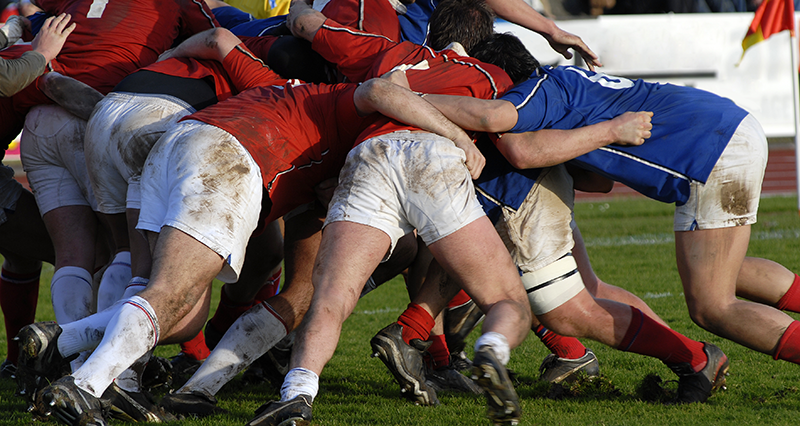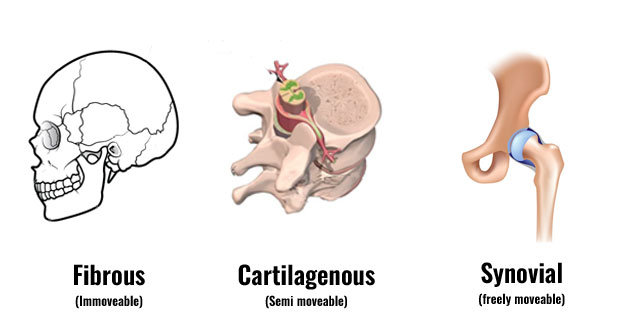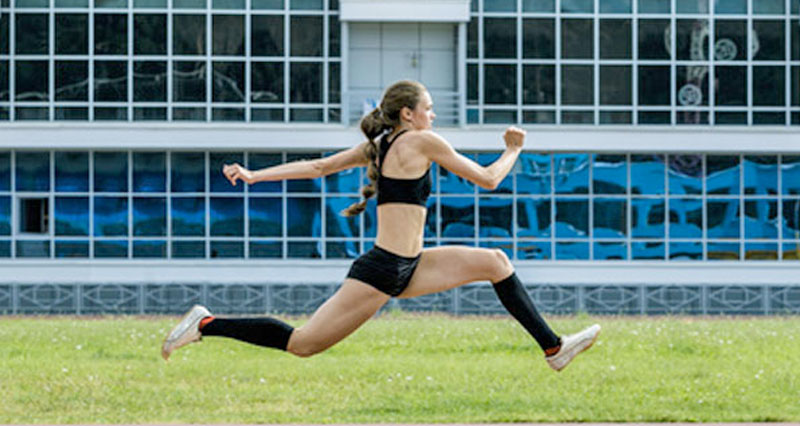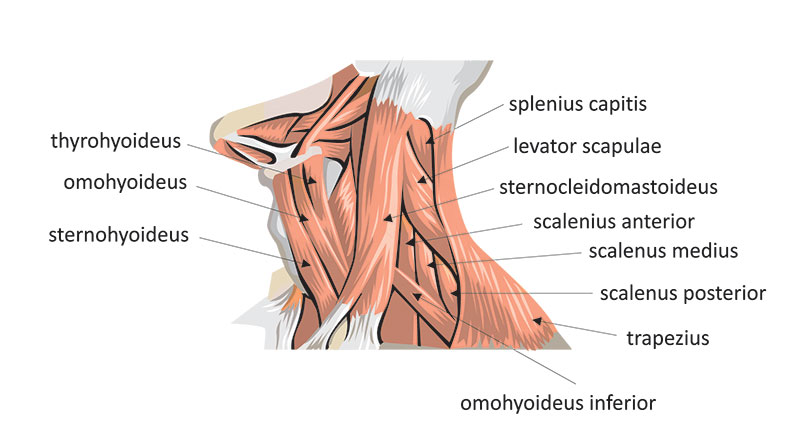Hammer competitions were first recorded in Ireland and Scotland in the 16th century and by the 1800s were a regular part of the highland games. The hammer was first introduced into the Olympics in 1904 with most hammers throwers today using a three or four turn technique.
The following sequence is written for a right-handed thrower with a three-turn throw which means that they will be entering the throw by turning to the left (anti-clockwise) and releasing over their left shoulder. Note in the examples below, 12 o’clock is the back of the circle, so the front is 6 and the athlete will turn towards 9 on entry.
Think of all throws having three phases, a beginning, middle and end and in each phase there are several sections. In the case of the following example, the beginning is the preparation swings and transition, followed by the middle (the three turns) and the end (delivery and reverse).
Within these sections are the behaviour goals we are looking to achieve in pursuit of good technique. The goal is to achieve a good core turn with the feet then to form an effective block on delivery, the rhythm needs to be smooth starting slow and building to maximum on release.
Preparation Swings

Athlete should stand at the rear of circle facing towards the back (1-2 o’clock), feet shoulder-width or slightly wider apart with the handle held first in the left hand with the right hand over the left.
- Right foot pointing straight ahead and static throughout swings and knees slightly bent
- Plane of hammer established at the start must be kept flat during the swings and first turn
- Correct low point on entry is essential if swinging too much to the right, the hammer low point also to far to the right.

Use a pendulum start i.e. swing back first to build momentum before starting initial swing.
- Hands come past right ear
- Hands do not come over the face
- Remember to keep the arms as long as possible
On the first wind, the low point is to the right.
- i.e. first swing slow, second swing faster for rhythm
- Second swing is active with a longer radius
Transition into turn

Step in 2nd wind and low point is pulled down to centre in front of you (hips facing 12 o’clock)
- i.e. two normal winds then step in and next wind is a bigger wind to the left and chest centred at 12
- When hammer reaches 12 complete alignment hip and shoulder axis arms long, forming an isosceles triangle

During final swing thrower must lower centre of gravity in preparation of turn and transition and entry into the first heel toe turn. Low point of hammer is determined individually by each athlete
- Sedykh (World record holder) uses 12 o’clock, scientific research suggests 330 to 340 degrees on the azimuth clock (just to the right of centre)
Ensure chest is facing the hammer head all of the time
- Head high in direction of hammer, but not looking at it
First Turn

Right leg is picked up from the back of the circle and placed around the other side of the left foot (step into the throw).
- The left foot stays in contact with the ground for the whole duration of the throw i.e. the left foot never stops moving

Double Support & Single Support phases
- Right hand side is power side that is why you have to push the hammer
- Right foot stays down as long as possible and lifted at 6 o’clock so as to touch down at 3 o’clock
- Feet should remain parallel to each other at right foot touch down in each turn
- So when the right foot touches down at 3 o’clock athlete is starting to accelerate into the ‘push zone’ (i.e. from approx 3 to 9 with low point at 12 gives 180 degrees of push movement)
- Then as right foot comes of the ground again we go back to single support phase until power foot is grounded (double support phase) and the process is either repeated or feet block and hammer thrown
Second Turn

- Right leg picked up again and placed around the other side of the left foot and placed down when the hammer is at it’s high point
- On right foot touch down hammer must be accelerated using long arms, shoulder girdle and trunk pushing hammer around to 9 when power foot starts to come of into single support phase until right foot touch down and process is repeated slightly faster
Heel Toe Turn

- Again right leg picked up with left foot turning underneath with the right foot again placed around the other side of the left foot
- Athlete pulls down one last time chest still facing hammer

Delivery

When low point passed hips continue movement to left hand side in a striking fashion with shoulders square to the front and long arms (requires a strong brace/block of the left side)
- The feet turn approximately 90ْ from the back of the circle as the hammer rises
- The release should be high as if trying to throw over the head of a giant (beat the giant)
- The feet stay planted on the ground

Delivery is a continuation of the turns with left-hand side blocking the final swing
- On final turn block commences on active right foot (power) touch down on ball of foot
- The swing needs to be highly active for hammer to reach its effective low point
The Reverse
Some athletes may use a reverse by bringing the left foot around the body to prevent fouling.





